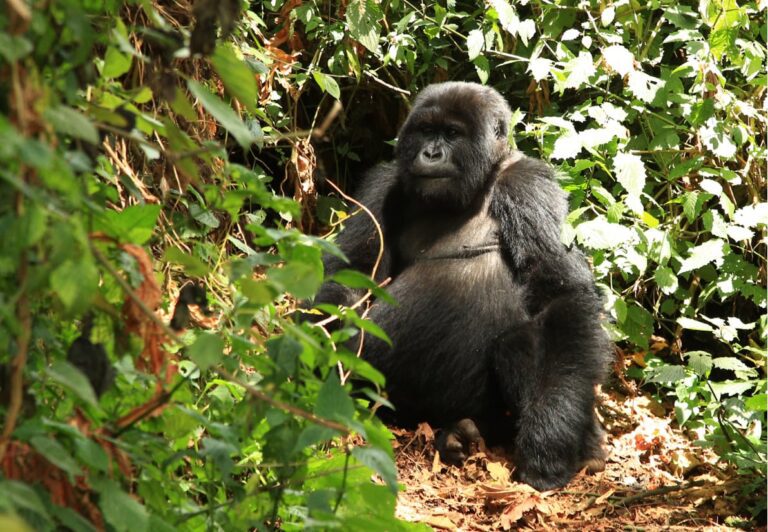
- +254 714 018 914
- info@sunworldsafaris.com
- off Riverside Drive on Riverside Lane
Explore Rwanda Safari gives you an opputunity to explore Rwanda, also known as ‘The Land of a Thousand Hills’, Rwanda has so much to offer from its magnificent scenery and unique experiences, it truly is a beautiful and extraordinary country!
Because of its cleanliness, it is also dubbed “The Switzerland of Africa”! Rwanda’s people are warm & humble and you won’t forget this beautiful country, nor its people ! But the most fascinating inhabitants of this land, are one third of the world’s remaining population of endangered Mountain Gorillas, the rarest of the three gorilla sub-species. People from all over the world come to catch a glimpse of the magnificent gorillas and golden monkeys. There are only about 820 gorillas remaining in the Wild. There is no doubt that this is an experience you will NEVER forget ! The sheer thrill of getting close to a Silverback Gorilla and his family is something one cannot describe.
You can trek gorillas all year round in Rwanda and there is no specific BEST time to visit. It may be less ideal during the rainy season from end of March until Mid-May but some rain can always occur due the fact that Trekking takes place in a rain forest.
One of the advantages of visiting Rwanda is the close proximity of all the main attractions. Most are located between one and four hours from the capital city of Kigali. From rainforests and volcanoes at the Volcanoes National Park & Nyungwe Forest National Park, to the low-lying savannah of the Akagera National Park to the forests of Nyungwe National Park and beautiful Lake Kivu.
You may wish to visit the lush and green Nyungwe Forest, home to many species of chimpanzees and Colobus monkeys. The Canopy Walkway offers stunning views over the valley and forests. Visit the Kamiranzovu Marsh, with its birdlife, orchids and waterfall.
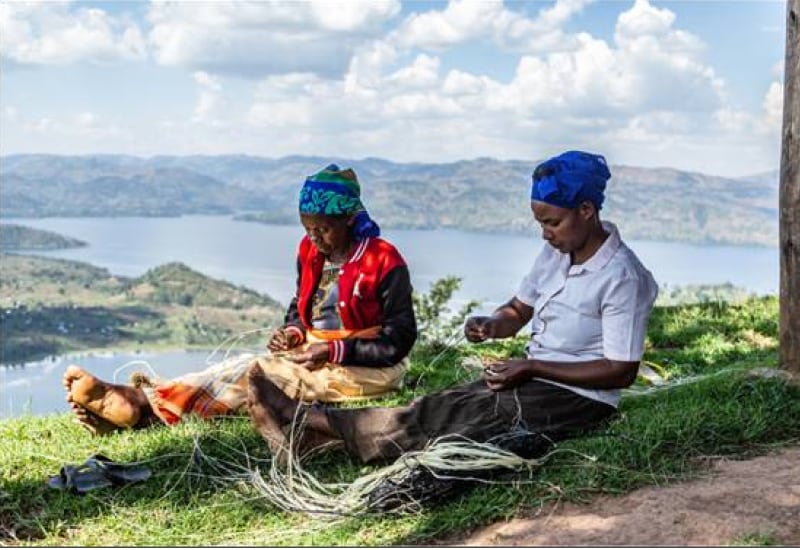
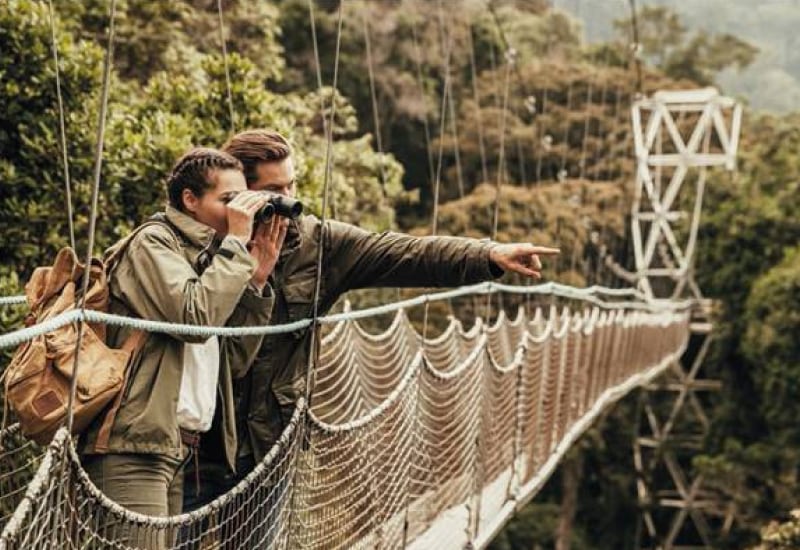
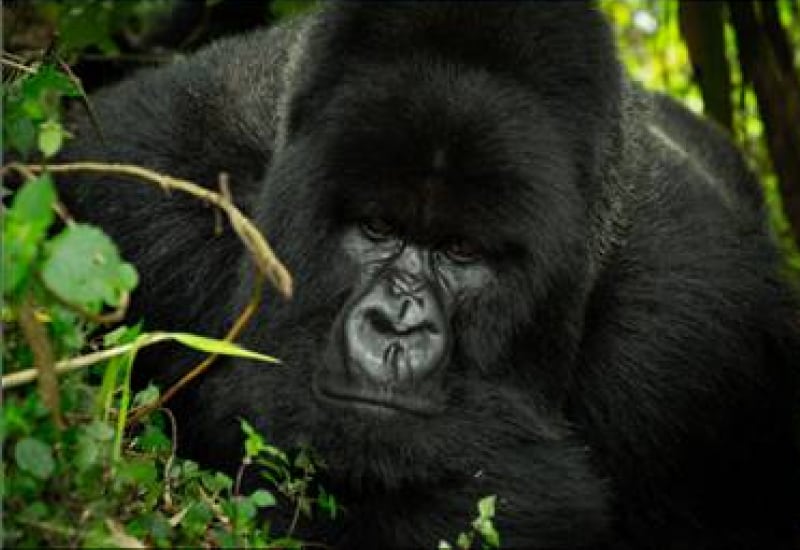
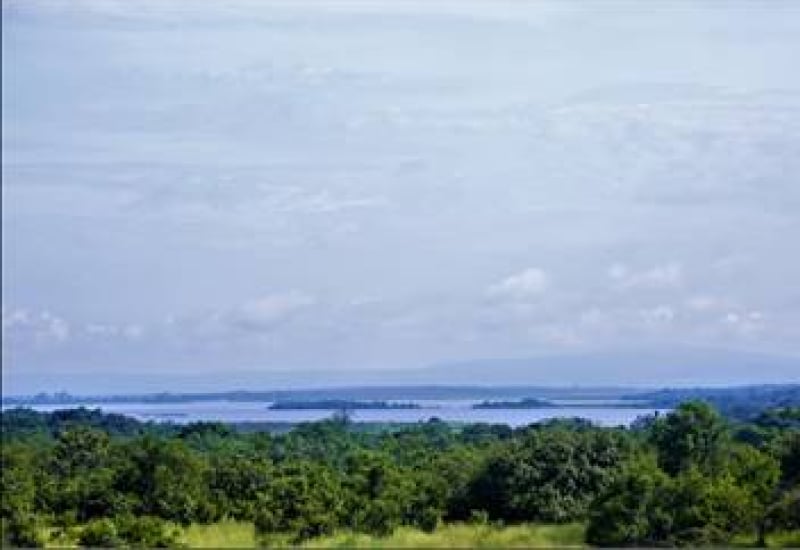
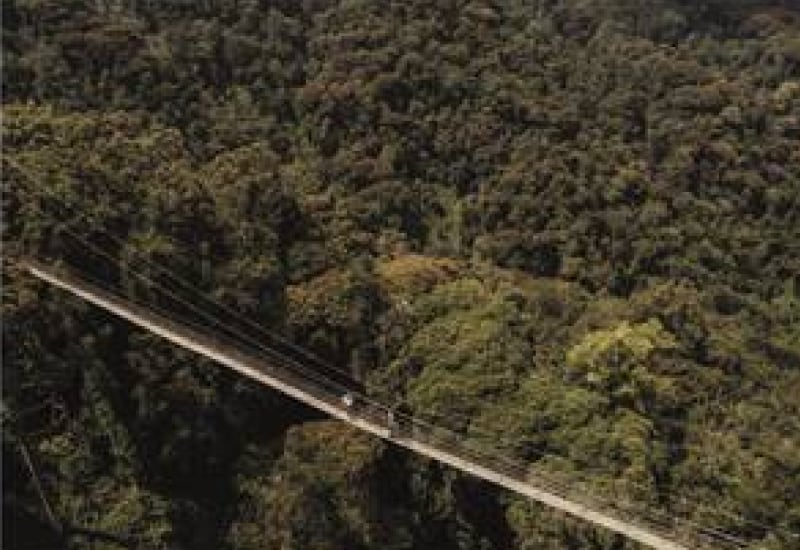
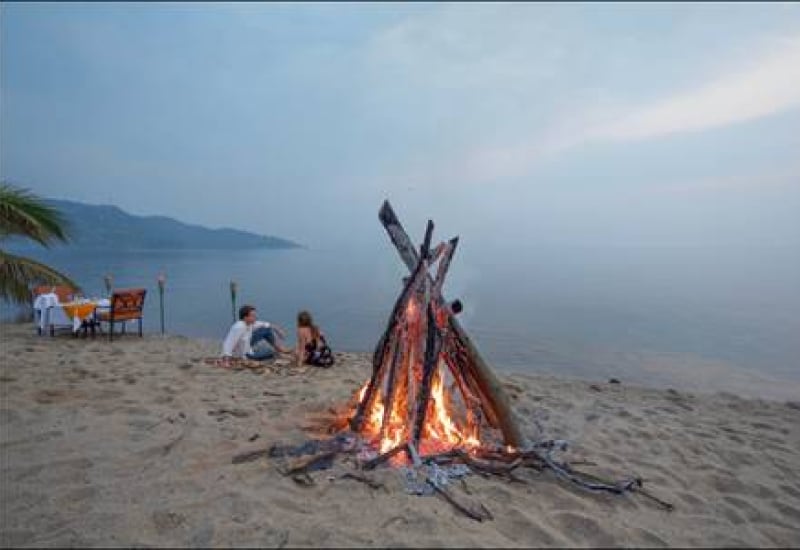
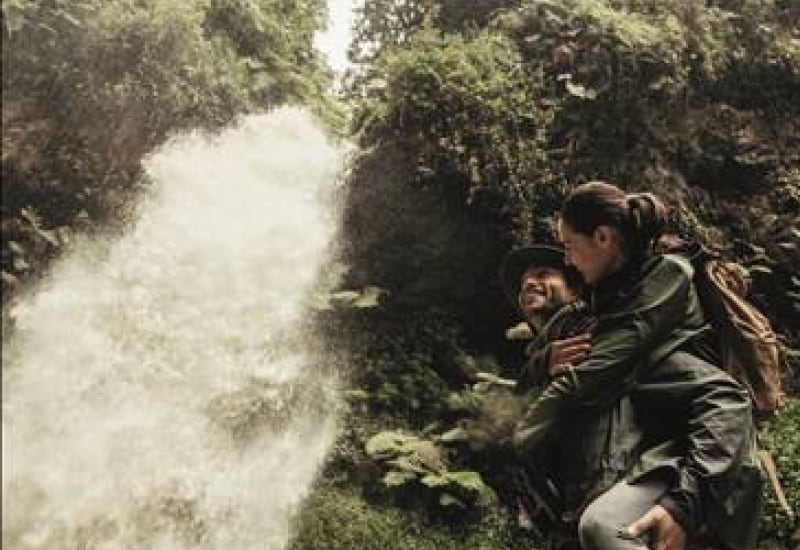
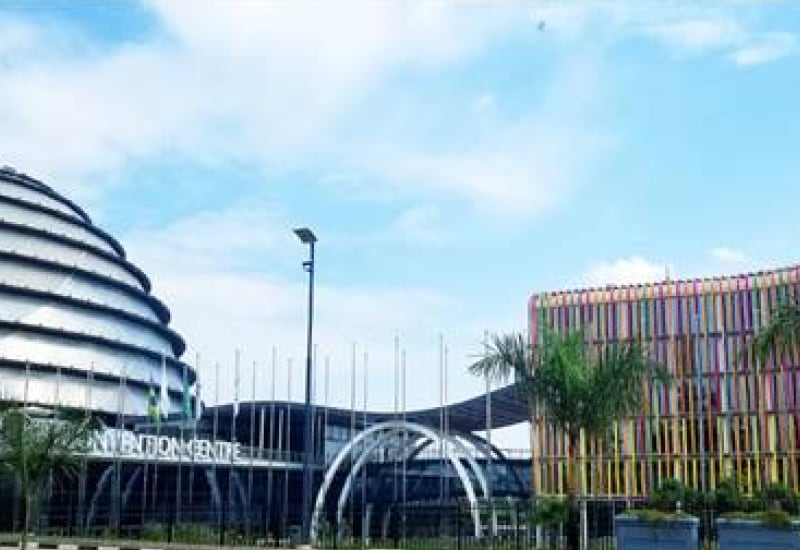
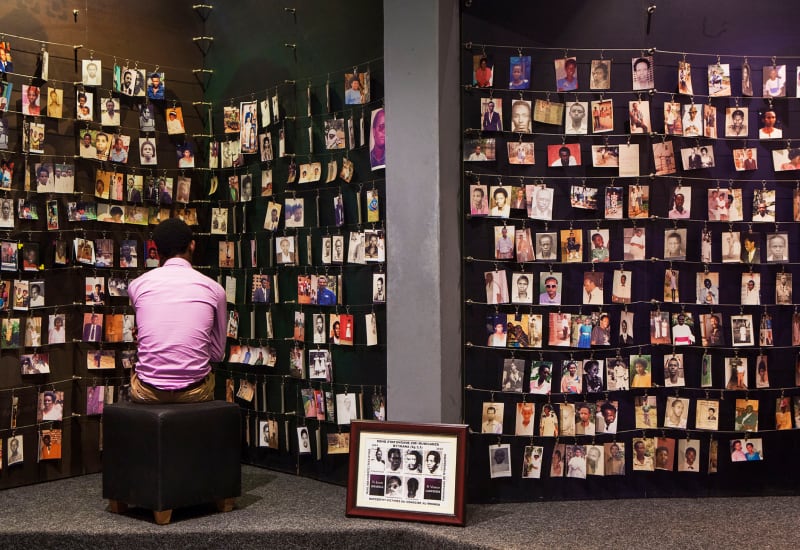
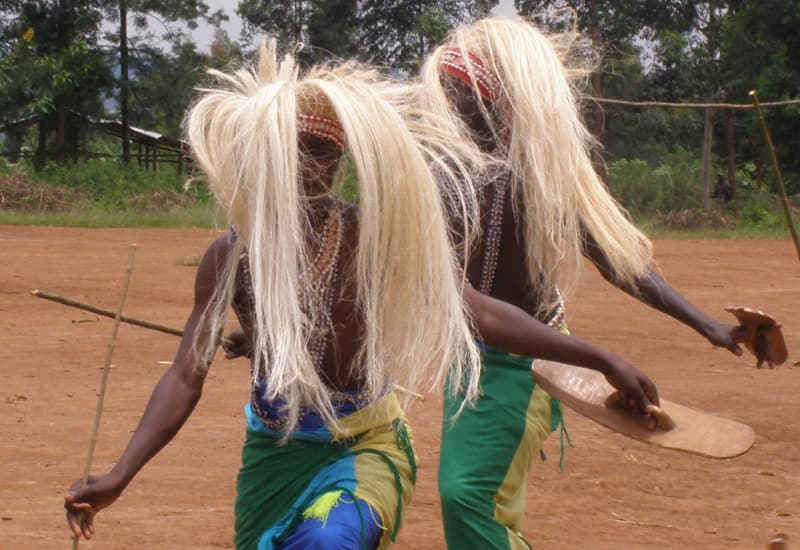
You will find the most important points of interest, Reserves and National Parks on this map ! The distances may appear closer than they actually are. Roads are generally good in Rwanda though driving times are not indicated on this map. Pls. contact us for more detailed driving times from one point of interest to the other.

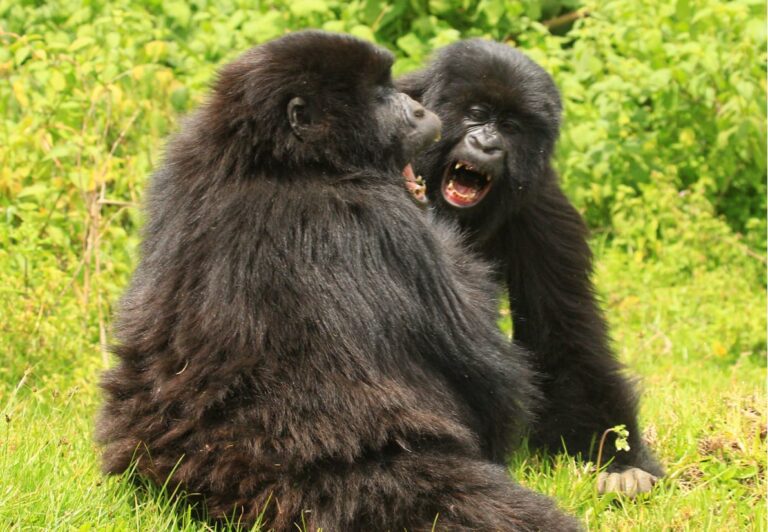
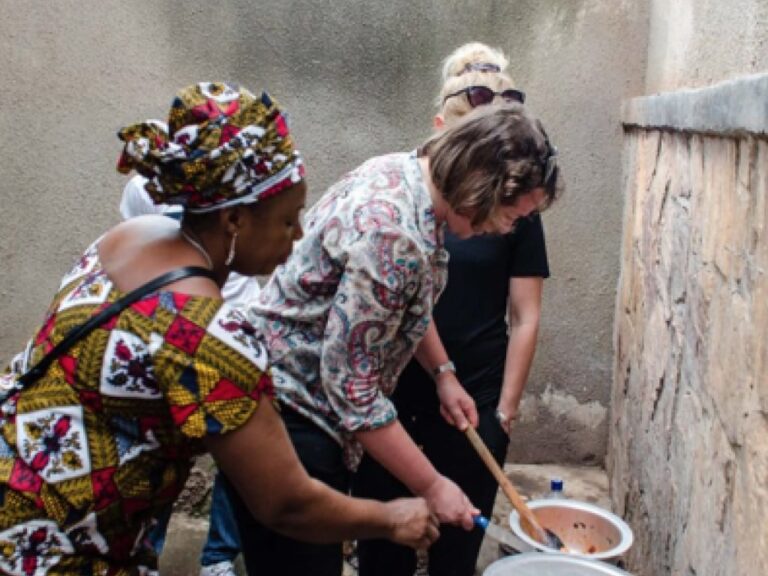

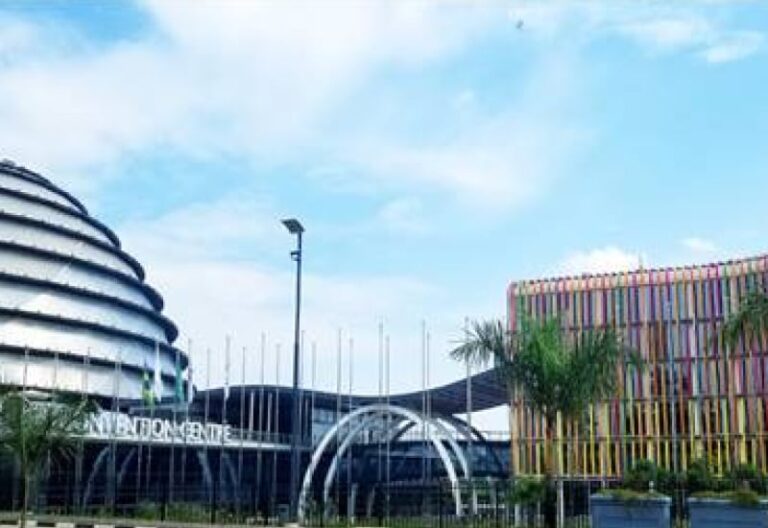
If you are interested in having an experience with the MAN’S closest relative “THE PRIMATES” then this is the place to be amongst exploring other natural features such cruises in the in the world’s longest river!!
This is indeed a very good question and yet, determined by a number of factors ! First and foremost, Rwanda offers a more “exclusive Gorilla Trekking Experience” to the client. Since Gorilla Fees are USD. 1,500 per person per Trek, Uganda will be USD. 700.00 from Jan. 2020, it is clear that not too many people can afford this hefty fee. This leaves the experience to be more exclusive ! The second advantage we found in Rwanda is that Trekking is a little easier. It is very well organized and park authorities pay close attention to the “type of client” that does the Trekking. E.g. elderly people or people with walking difficulties will be taken to Gorilla Families that are closer and require less taxying walks. Areas for Gorilla Trekking are a little more open than in Uganda. What we also love about Rwanda is that the Gorilla Fees support the conservation of the current (status 2019) 324 Gorilla Families found in the Virunga Mountains on the Rwandan side. A further 10% of the proceeds are shared with the local community which is “key” to sustain Gorillas in future as communities must benefit to see a reason for their protection and value. Distances are also quite short and make the country very accessible.
Rwanda has more to offer than “just Gorilla Trekking” and a wide variety of other attractions including “Lions at Akagera National Park”, The Canopy Walk and Golden Monkey Trekking. You will receive a discounted rate in the low season of up to 30% for your Gorilla Permit IF you combine Akagera or Nyunge National Parks with a Trek for an additional 3 days.
We recommend a general good level of health and fitness which is encouraged as Treks can vary in number of hours and the location of the Gorilla Family to be visited. However, even IF you have difficulty in walking, it is possible to hire “porters” to almost carry you to the Gorilla Location. These are to be tipped / paid extra. We also recommend that you acclimatize in terms of the altitude and you can do so either by starting your trip with one of the other National Parks / Lakes etc or do a Safari in Kenya or Tanzania first and then ADD your Gorilla Safari !
Rwanda is very environmentally conscious ! It is indeed one of the few countries in the world that have banned single use plastic ! In June 2019, the Parliament passed a bill to ban all single use plastic ! Pls. be careful not to import single use plastic into the country – e.g. coffee cups / plastic bags / plastic cutlery / plastic straws / water bottles / coffee stirrers etc. Heavy fines can be attracted by visitors who do not oblige. https://www.newtimes.co.rw/news/house-passes-bill-ban-single-use-plastics
Despite the hefty Gorilla Trekking Fee, it is advisable to book well in advance to secure the desired Gorilla Permit / Permits and to secure accommodation of your desired range. Rwanda now has a variety of up-market accommodation facilities available to choose from.
It is likely that you do Gorilla Trekking only ONCE in a lifetime ! Take a good camera with you, enjoy the stunning scenery of volcanic mountains surrounding you and enjoy every moment of your 01 hour GORILLA TREK !
This is a very important part and we encourage you to carry along the right clothes / hiking shoes and definitely gaiters ! The jungle is lush, green and exciting, yet, a good pair of hiking boots and gaiters are vital for any Gorilla Trekker ! Access our GORILLA WATCHING ETIQUETTE & PACKING LIST here.
Rwanda is a wonderfully friendly country and hosts open air markets, accommodation for all budgets and also the famous Genocide Museum. Whilst we encourage a visit to the Genocide Museum as it is very well presented, we do caution that it may be disturbing to “experience Rwanda’s dark past” during that took place during the 1994 Genocide. This may be an excursion that is offered in your itinerary but you may opt out if you’d not like to take a serious look into its history.
View or download our General Rwanda Information document to help you with any information you need!